A serial rapist named Frank La Salle held Sally Horner captive from June 1948 to March 1950, and her story was so similar to the controversial plot of Vladimir Nabokov's Lolita that the author named Sally in the novel.
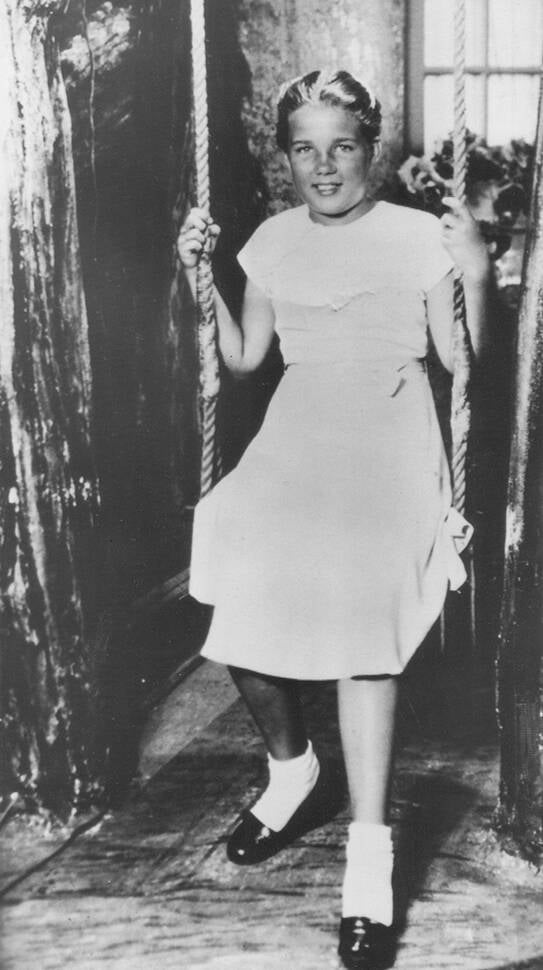
Public DomainA photo of Sally Horner taken in the early days of her captivity, circa July 1948.
Vladimir Nabokov’s 1955 novel Lolita is controversial, to say the least. Since its release, the pedophilia at the center of the book’s plot has been the focus of many a debate on obscenity and whether or not literature should cover such morally abhorrent topics. However, few people on either side of the argument know that Lolita may have been based on the true story of 11-year-old Sally Horner.
In 1948, Sally was abducted by a convicted child molester named Frank La Salle and held captive for nearly two years. During that time, La Salle introduced Sally as his daughter — but he also repeatedly raped her.
Sally ultimately escaped from her kidnapper and reunited with her family, but she tragically died in a car accident when she was just 15.
Although Nabokov started writing Lolita before Sally’s story broke, he mentioned the case in the novel. And while he denied that Sally had any influence on the plot, many scholars believe that the eerie similarities between the stories of Sally Horner and the fictional Dolores Haze cannot be dismissed.
Sally Horner’s Life Before Her Abduction
Florence “Sally” Horner was born in Trenton, New Jersey, on April 18, 1937. Her father, a crane operator, was an abusive alcoholic who died by suicide when Sally was just five years old. Her mother, Ella, raised Sally and her older half-sister, Susan, alone.

Wikimedia CommonsSally Horner at age nine, two years before she was abducted by Frank La Salle.
The family moved to Camden, New Jersey, when Sally was young, and she spent most of her childhood there. Despite the turmoil at home, Sally was an excellent student and the president of the Junior Red Cross club at her elementary school.
Still, she wasn’t immune to the pressure of trying to fit in with the other girls at school. So, when her friends dared her to steal a five-cent notebook from Woolworths in March 1948, she grabbed it and stuffed it into her bag. As New Jersey Monthly reported in 2018, as Sally tried to leave the store, a man stopped her and stated, “I am an FBI agent. And you are under arrest.”
The man was Frank La Salle — and he wasn’t an FBI agent. He was a mechanic in his 50s who had previously spent time behind bars for raping at least five girls between the ages of 12 and 15.
Sally Horner believed La Salle’s claims, however, and she eagerly agreed to report back to him about her behavior in the future if he didn’t take her to prison that day. So, when La Salle stopped Sally on her way home from school three months later, she cooperated with him once more. This turned out to be a terrible mistake.
The Kidnapping That May Have Inspired ‘Lolita’
On June 15, 1948, La Salle approached Sally and ordered her to ask her mother if she could go on vacation to Atlantic City with two friends from school. Ella Horner agreed and even walked Sally to the bus depot near their house, where she saw Frank La Salle herself — and assumed he was the father of Sally’s friends.
Of course, there were no friends at all. La Salle took the 11-year-old girl to Atlantic City alone and then forced her to write letters to her mother stating that the vacation was running longer than expected. And on July 31, Ella received a note from her daughter that read, “I don’t want to write anymore.”
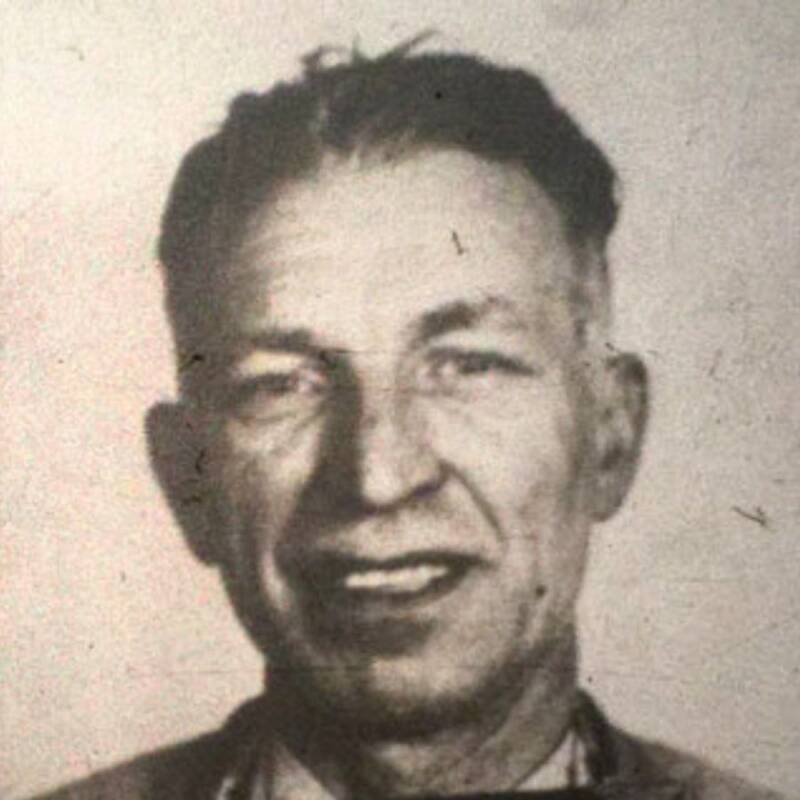
New Jersey State ArchivesA 1943 mugshot of Frank La Salle.
At that point, Ella Horner called the police. Detectives went to the return address on the letters from Sally, but nobody was there. Instead, they found two suitcases and a photo of Sally sitting on a swing that had seemingly been taken in a local studio at some point during the “vacation.”
Thus began nearly two years of horror. Sally Horner traveled across the country with Frank La Salle. He introduced her as his daughter and even enrolled her in school, but all the while, he was repeatedly sexually assaulting her.
While the two of them were living in Dallas, Texas, Sally grew close to their new neighbor, Ruth Janisch. Janisch was suspicious of La Salle, and she kept a close eye on Sally after noticing that something was strange about the “father-daughter” relationship.
In March 1950, Janisch and her husband moved to San Jose, California, to find work, and she convinced La Salle to do the same. Shortly after the move, Janisch invited Sally over for dinner one night while La Salle was out job searching, and the older woman finally convinced the girl to open up. At the time, Sally still believed that La Salle was an FBI agent.
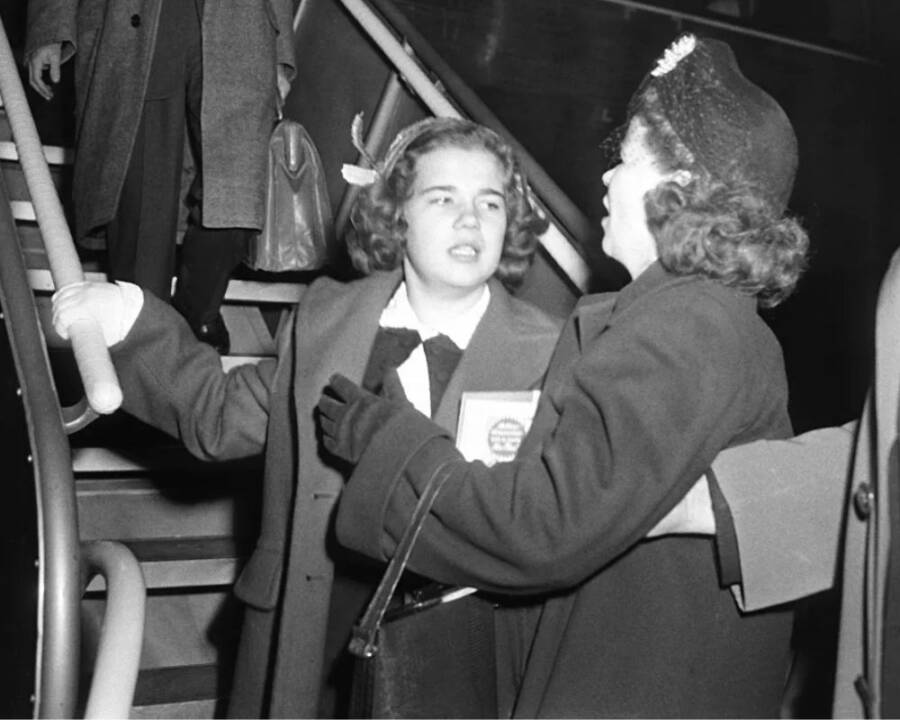
Wikimedia CommonsSally Horner finally reunites with her mother, Ella Horner, in April 1950.
That very night, Janisch had Sally call her family, who notified the actual FBI. A week later, Sally was reunited with her mother and sister, 21 months after her ordeal began.
The Law Finally Catches Up To Frank La Salle
Frank La Salle was arrested on March 22, 1950, the day after Sally Horner had contacted her family.
He was charged under the Mann Act of 1910, a law against human trafficking. During his trial, he continued to maintain that he was Sally’s father. Despite these claims, Frank La Salle was sentenced to at least 30 years in prison.
He continued to file appeals, however. As reported by the Los Angeles Times in 2018, La Salle wrote in one court document that “a father cannot be convicted of [kidnapping] his own child.” None of his appeals were successful, and he remained behind bars until his death in 1966.
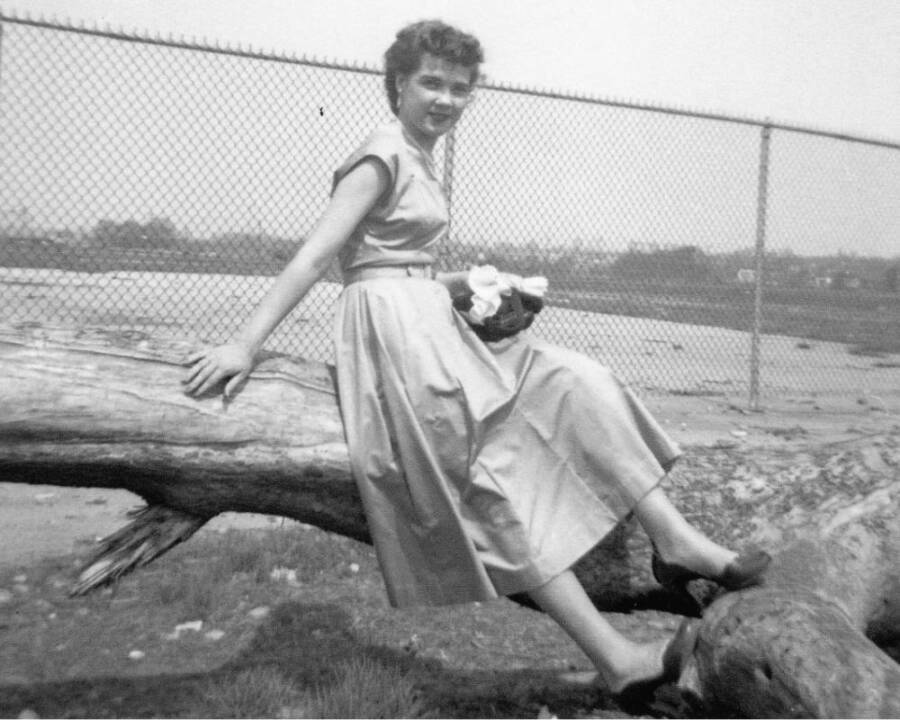
Wikimedia CommonsSally Horner shortly before her death at age 15.
Sally Horner returned to New Jersey and tried to resume life as a typical teenager — but that life would be cut short. She died in a car accident on August 18, 1952, at just 15 years old. La Salle sent flowers to her funeral from prison.
So, did Sally’s short and tragic life really inspire Vladimir Nabokov as he wrote Lolita? It’s hard to say. The author denied the connection, despite the fact that he explicitly mentioned Sally Horner in the novel. In chapter 33, narrator Humbert Humbert wonders, “Had I done to Dolly, perhaps, what Frank La Salle, a 50-year-old mechanic, had done to 11-year-old Sally Horner in 1948?”
In addition, it’s hard to deny the similarities between Sally and Dolores “Lolita” Haze. In the novel, Dolores is 12 years old and abducted by her stepfather, who continually molests her while introducing her to others as his child — just as Frank La Salle did to Sally Horner.
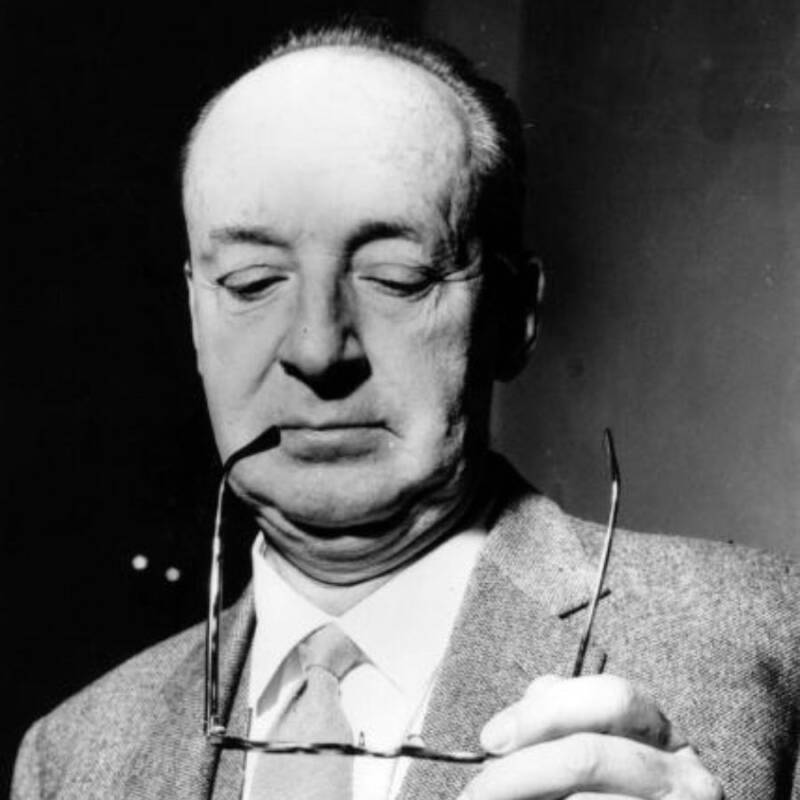
Public DomainVladimir Nabokov, the author of Lolita who may have drawn inspiration from Sally Horner’s case.
There’s other evidence that Nabokov knew of Sally’s story while writing Lolita, too. When Sally died in 1952, he transcribed a news article about her demise onto a note card, which was later found among his possessions.
In the end, whether Sally Horner inspired Lolita or not, her tale is one of a stolen childhood — first by a monster named Frank La Salle and then by a cruel twist of fate.
After reading about the kidnapping of Sally Horner that may have inspired Lolita, go inside the story of Carlie Brucia, the 11-year-old who was abducted in broad daylight. Then, learn about Jaycee Dugard and her 18 years in captivity.





